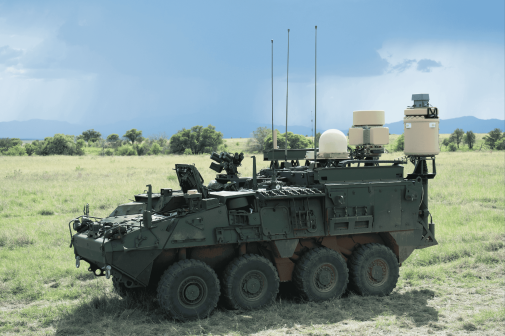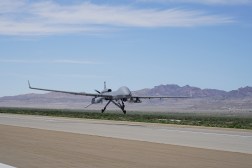Army awards Lockheed next phase of critical cyber, EW and intel platform

The Army has awarded Lockheed Martin a $58.8 million contract for the next phase of an effort to pave the way for the first brigade-organic cyber, electronic warfare and signals intelligence platform to be delivered to soldiers.
The Terrestrial Layer System-Brigade Combat Team (TLS-BCT) is a Stryker-mounted system that will provide indications and warning, force protection and situational awareness, as well as offensive capabilities to deny, degrade and disrupt adversary systems.
The system is expected to begin fielding to units in fiscal 2022.
The award was delivered via an other transaction authority agreement that runs through October 2023, according to an Army press release. Through the OTA, Lockheed will provide prototypes integrated on Strykers ready for an operational assessment and issued to a first unit.
In September 2021, the Army awarded a second-round contract worth $9.6 million to Lockheed to develop the system. Lockheed had been in a runoff with Boeing subsidiary Digital Receiver Technology during a 16-month prototyping period where each company was charged with developing prototypes and working with soldiers, after which point the Army would pick one solution to move forward.
According to Army budget documents, the service asked for $88.9 million in procurement dollars for fiscal 2023 for six TLS-BCT systems and $1 billion over the next five years. The Army is asking for $21.4 million in 2023 for research and development for the program, with an expected spend of $122.6 million over the next five years.
The Army is also developing a similar system for higher echelons called TLS-Echelons Above Brigade. It will primarily be used by the Multi-Domain Task Force. As advanced adversaries are forcing the Army to operate across greater distances, it needs to be able to sense farther at higher echelons such as division and corps.




